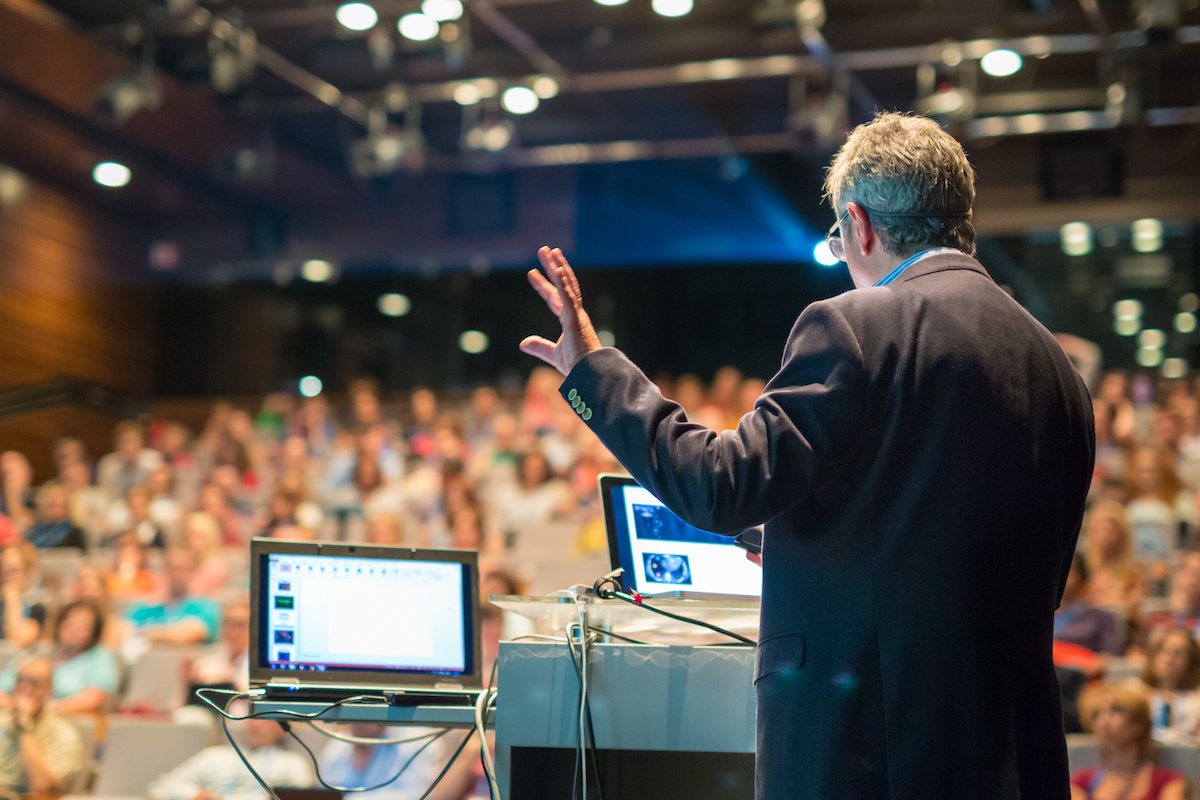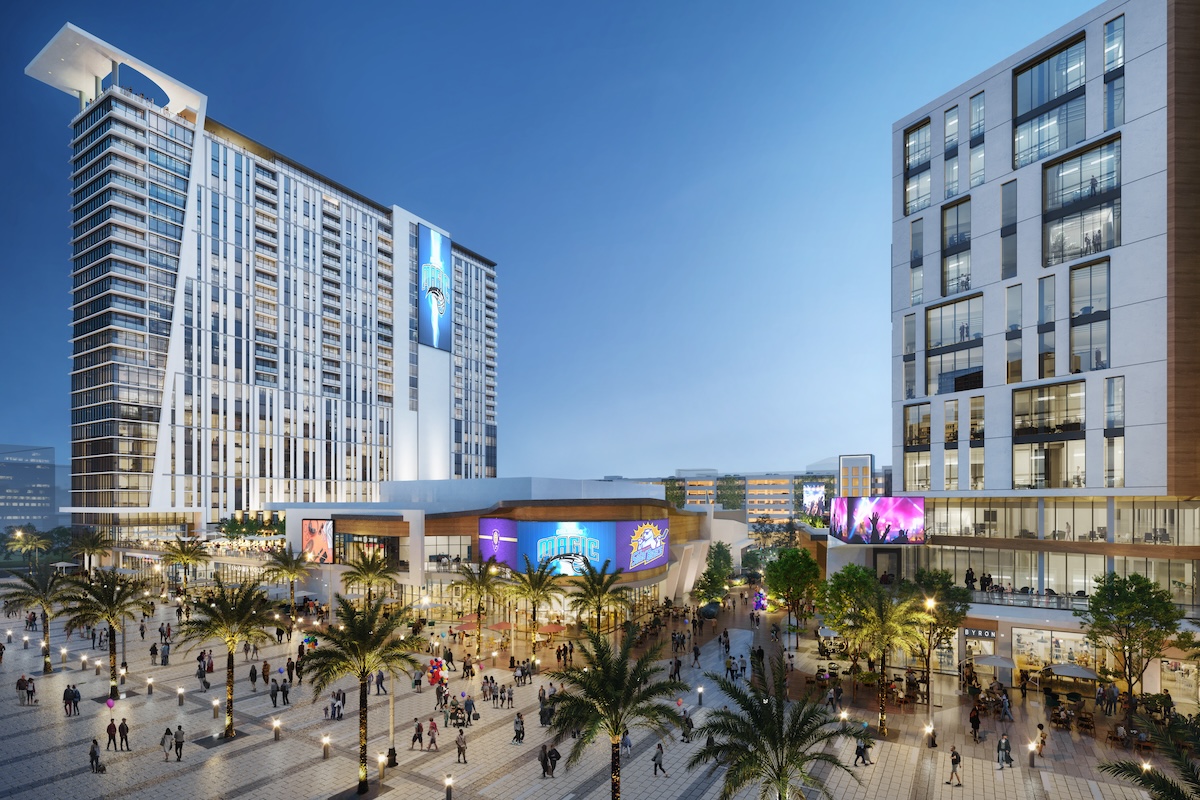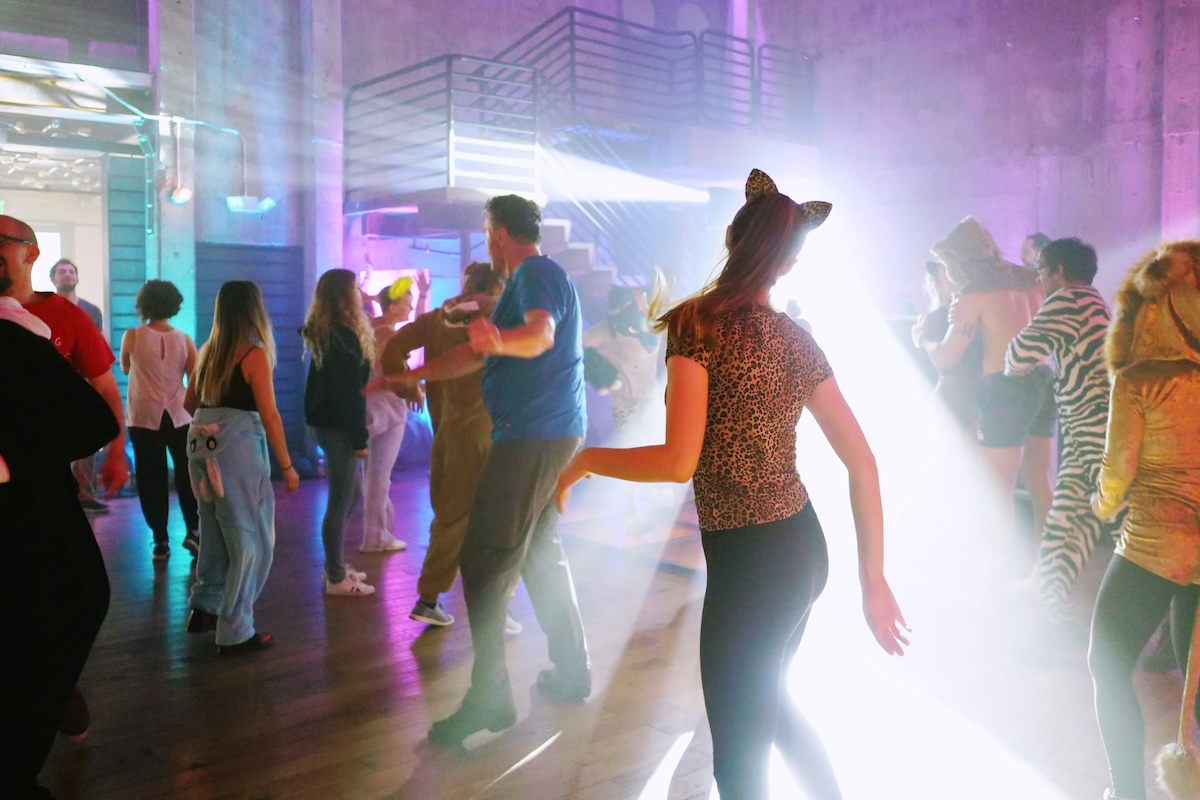Skift Take
Following six years of research, MeetDenmark has just released a new report with insights into the key ingredient for event legacy success: robust collaboration. Learn about the motivation behind this groundbreaking research, and discover some of the top findings that emerged.
This content was created collaboratively by Meet Denmark and Skift’s branded content studio, SkiftX.
Event legacies have long been a trending topic in the industry, but is it a pipe dream for associations to make these lofty ambitions a mainstay of their events? Everyone likes to trumpet the conferences that have sparked investments in life-saving technologies, social transformations, and a whole suite of other important causes. The reality is, however, that it’s difficult to replicate this kind of headline-grabbing success, and many associations and event planners are understandably more focused on short-term bottom lines when assessing event ROI.
To balance the focus on short-term returns with value derived from longer-term legacy impacts, associations can work strategically with DMOs and CVBs. Legacy achievements can benefit everyone involved when they’re grounded in the goals of the association and also accomplish positive outcomes at the local level.
How can this kind of collaboration run as smoothly as possible, creating a win-win outcome for everyone? A recently published report from MeetDenmark shares insights collected over the six years that their researchers have spent systematically researching, developing, and testing legacy models, processes, and tools. What began as a survey of international best practices led to an analysis of four case studies in Denmark, through which they developed concrete planning protocols. In turn, this foundational research allowed MeetDenmark to test their new system on an additional nine congresses. The findings from that final report have just been released in a paper titled Powering Meeting Legacies: New Insights for Associations & Host Communities.
To learn more about the thinking behind this groundbreaking work and how it hopes to transform the industry, Skift Meetings sat down with Peter Dyhr, head of secretariat for MeetDenmark.
Efficient Collaboration Leads to Win-Win Outcomes
Peter Dyhr notes a key takeaway from the report: The real trick is to develop a vision that dovetails with 360-degree event goals and the larger purpose the association is striving to activate. In other words, legacy programs should be a natural extension of the association’s mission, serving their members while at the same time addressing real needs at the host destination. Ultimately, legacy initiatives can serve to connect association membership more closely to their long-term goals while raising awareness for them. In large part, it’s about creating dynamic engagement with local organizations, governments, and businesses who share a common purpose.
According to MeetDenmark’s research, there is a significant connection between successful event legacies and systematic, intentional, and robust collaboration. To facilitate this nexus of intersecting advantages, associations can significantly benefit from choosing destinations that have established models, processes, and tools. This combination of experience, resources, and know-how can be mobilized as a basis for developing a collaborative framework.


Why Event Legacies Need a Closer Look
Peter Dyhr explains that the entire research project grew out of an internal effort to develop, test, and improve processes in Denmark by researching ways of working more systematically and strategically with legacy.
The first stage of the project was motivated by the hypothesis that legacy is of benefit to both destinations and associations, and began by considering legacy in a systematic way. As MeetDenmark pursued these questions it developed a broader mission: to consider the value that events can contribute beyond either the association’s short-term ROI or the destination’s tourism economics. The next step would be to share these findings with the wider industry, says Peter Dyhr.
Though the project began prior to 2020, it continued to collect insights throughout the pandemic’s disruptions — disruptions that ultimately threw into relief the value that in-person events have as drivers of economic growth by showing us a world without them. At the same time, innovation in remote and hybrid meeting tech put the spotlight on the ecological footprint of conferences, all while sustainability was gaining widespread adoption as a core value for associations and attendees alike. The pandemic showed the event industry the growing need to strengthen and communicate the broader value of face-to-face events.
In the context of the event industry’s rapid shifts in priorities for attendees, associations, and destinations, we need to take a multi-faceted approach to calculating and promoting the value of in-person attendance. In the context of the event industry’s rapid shifts in priorities for attendees, associations, and destinations, we need to take a multi-faceted approach to calculating and promoting the value of in-person attendance. MeetDenmark’s report offers a framework to assess the value of events beyond short-term and instrumental ROI calculations, along with a variety of tools, insights and recommendations.
How MeetDenmark Gathered Research Over 6 Years
The report gathers insights that were developed over six years and in three stages, beginning with the question: How do associations and destinations value legacies, and where do their priorities find common ground? MeetDenmark’s initial review of legacy efforts across the global stage assessed that they were often adhoc and didn’t necessarily have a defined or strategic approach.
This initial stage, which was sparked by a PhD research project at Wonderful Copenhagen on the value of academic events for researchers and universities, brought forward the question of how to further lift the value of events for both destinations and associations. Researchers set out to find answers by canvassing destination and association stakeholders about what they value and what they want, and then proposed ways to assess what they had in common to develop a powerful nexus of shared goals.
The next stage of the project evaluated event legacies in greater detail to develop a strategic framework, methods, processes, and tools. The project involved staff from four MeetDenmark’s member destinations — Aarhus Convention Bureau, Aalborg Convention Bureau, Destination Fyn Convention Bureau, and the Wonderful Copenhagen Convention Bureau — where each employed a project manager to facilitate strategic legacy planning with stakeholders. Regular workshops involving partner destinations, associations, and consulting firm GainingEdge were held to collaboratively uncover new insights.
The best practices identified in this stage were then tested via a further 9 case studies. The knowledge presents a more refined, systematic, and strategic way to plan for broader legacy value across the short, medium, and longer term.


What the Report Reveals for Destinations and Associations
MeetDenmark’s report makes these general insights available with the belief that they are transferable to destinations and associations across the world and can help legacy efforts gain traction.
The Executive Summary provides a snapshot of the findings. Subsequent chapters dig into “Intervention” (or the early proposal and planning stages), “Funding and Resources,” and “Measurement.” For ease of scanning, each chapter leads with scannable charts outlining the section’s top takeaways.
Useful tips and tricks for both destinations and associations are also seeded throughout the report. Additionally, it includes details about each case study, helping to spark ideas for event professionals who want to tap into the possibilities that legacy-directed collaboration can enable. Insight into the inner workings on the destination side — as well as the most effective approach to nurturing successful partnerships across all stakeholders — are particularly valuable here.
A Shared Vision Avoids Friction for Event Legacies
At its core, the report aims to save event planners and associations significant friction as they work towards mutual legacy goals with destinations and other partners.
For instance, while the research indicates that legacy activities are usually spearheaded by local stakeholders, it’s critical that the association be at the table in the intervention stage. This helps attain consensus on vision, mission, and goals right from the outset.
But Peter Dyhr notes that inviting everyone to the table at this stage can derail the project: “We learned that we don’t call in 50 stakeholders and then try to agree.” Instead, the report recommends a process wherein key stakeholders representing the DMO/CVB, the association, the local host and one or two of the most important local organizations work together to outline a high-level vision and goals. Only then should they move on to identify partners who are aligned with defined legacy goals and values — and who also have the capacity and commitment level needed to follow through.
Part of that process involves collaboratively identifying and agreeing on targets, and then critically assessing KPIs to determine which are realistic and mission-critical. It’s equally important in the initial strategic planning work to come to a consensus on exactly how those targets will be measured.
What Destinations Need to Achieve Association Legacy Goals
Another insight that the report provides: It’s necessary to devote adequate resources to follow-through, and for that commitment to continue after the event has wrapped.
MeetDenmark’s report finds that to be a successful partner in legacy planning, a destination should have a member of staff dedicated to managing legacy programs. This means helping to identify potential partnerships and funding opportunities, leading up capacity building, and supporting legacy development activities like facilitating workshops with stakeholders. The legacy development for a specific congress need not be a massive or overwhelming commitment: 12 days of a legacy manager’s time over an 18-month period is a practical average allocation of staff resources per event.
This win-win tactic does, however, require a collaborative and systematic approach shared across stakeholders. Further, it must prioritize the association’s goals as integral to the event legacy work, offering a partnership that leverages the destination’s capacities and opportunities.
Peter Dyhr emphasizes, “There can be a disconnect if some use legacy as a marketing stunt.” Without the means to coordinate follow-through, event legacies aren’t likely to deliver on their promise.
The Big Picture for Association Planners
The knowledge that MeetDenmark’s report captures will better equip associations looking to harness the power of effective event legacy planning — and take full advantage of its significant short- and long-term benefits. Further, the report — together with the two previous reports — provides a range of tools to evaluate the systems and resources that destinations have in place for making these visions a reality.
To learn more about this groundbreaking research and how MeetDenmark can help guide your next event legacy project, download the report.
This content was created collaboratively by Meet Denmark and Skift’s branded content studio, SkiftX.






